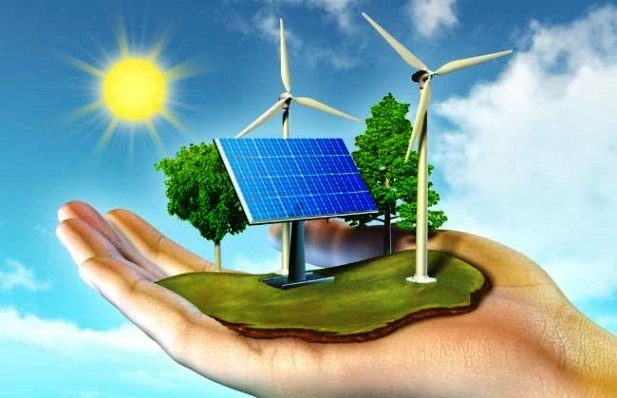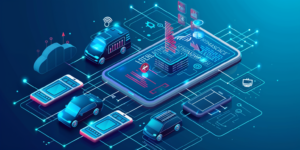Energy sources in this world are rapidly depleting. Well, at least traditional energy sources like wood, coal, and gas are quickly depleting. Since the 1990s, a new route paved to the future with new sources of energy known as renewable energy. Renewable energy sources are nearly infinite sources of energy that naturally replenish or do not deplete in any measurable way. However, renewable energy sources do have more time-limited usage than traditional energy sources. We use five significant renewable energy types and benefit from them today: biomass, wind, geothermal, hydropower, and solar power.
Biomass Energy
Biomass energy is a renewable energy source obtained through the organic material that comes from plants and animals. This natural material would be the decaying matter from rotting and dying plants or healthy plants converted to fuel or the waste from living humans and animals. While the most common use of biomass is fuel which comes from directly burning wood or garbage, biomass is also turned into biogas or liquid biofuels as sources of energy. These products are most commonly created from landfills and the trash found there. Animal and human sewage biomass is also a source of renewable energy when it is burned and is converted to create fertilizer for crops, i.e., future yields of fuel.
Wind Energy
Today the energy created by the wind is most commonly used to generate electricity. It is converted into usable power through what is most commonly referred to as wind farms. Giant windmills take the energy produced by the massive arms movement and add it to the electric grid. Windmills for pumping water have also been used all over the world for a long time to irrigate or provide water to livestock.
Geothermal Energy
Geothermal energy is a renewable energy that comes from within the Earth. Earth produces heat within itself continuously. This heat is caused by the decay of radioactive material in the Earth’s core. Geothermal energy can be used to heat buildings and produce electricity.
Hydropower
Hydropower is a renewable energy that comes from moving water. Through the water cycle, power can be obtained and harnessed into electricity. Hydroelectric dams harness and use water collected in river basins and lakes to convert the raw energy into a renewable source. Unfortunately, one of the significant downsides of hydropower is the fluctuating differences in local precipitation. Long term problems like droughts can occur, preventing stable production of energy.
Solar Power
Solar energy is the energy produced by the Earth’s nearest star, the Sun. We use the energy generated by the Sun to heat objects, produce electricity, and power solar power plants. Solar energy is one of the most eco-friendly sources of renewable energy. Solar energy systems and solar panels like those installed by companies such as Solar Panels Adelaide do not produce carbon dioxide or other harmful pollutants. These systems installed on buildings and homes also have a negligible impact on the surrounding environments if planned accordingly. Solar power systems have become more affordable in recent years. Homeowners and companies can now “go solar” for much cheaper than ever before.




